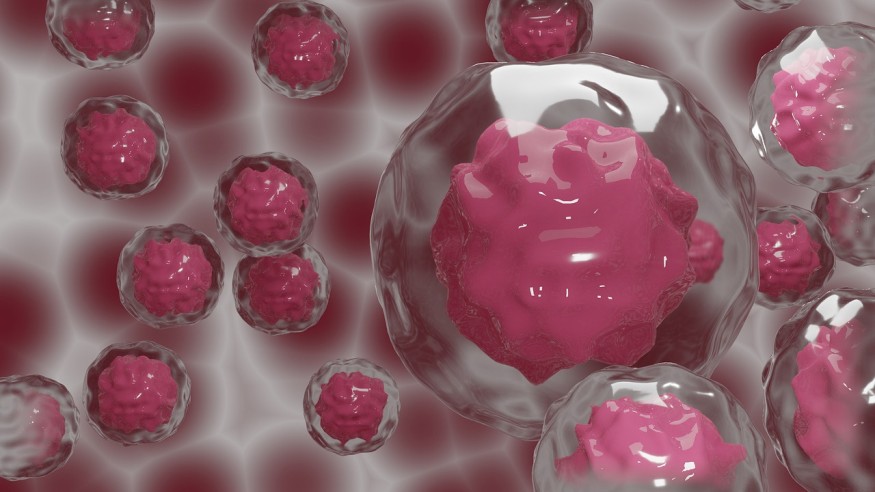A new study reveals how ovarian cancer begins in high-risk women. Stem cell scientists modeled fallopian tube tissues to identify a genetic mutation that puts women at high risk for ovarian cancer.
The tissues, called organoids, help scientists to predict which people will develop the cancer years or even decades before it occurs, especially those with the BRCA1 gene mutation, to provide necessary prevention strategies.

Risk Factors for Ovarian Cancer
Ovarian cancer often has subtle symptoms and usually elude detection not until they have reached the advanced stages. In the US, ovarian cancer is the leading cause of gynecologic cancer deaths.
The American Cancer Society estimates that ovarian cancer only develops in 2% of the general female population, but women who carry a BRCA1 gene mutation have a higher risk of about 35% to 70%. Women with this genetic mutation sometimes choose to have their breasts or ovaries surgically removed even though they do not develop cancer in these tissues.
According to the Centers for Disease Control and Prevention (CDC), it is hard to know who will get ovarian cancer. But there are risk factors that could increase the risk for women to develop ovarian cancer, such as being a middle-aged or older woman, having close family members who also had the disease, having a genetic mutation, having previous cancers, having endometriosis, having never given birth or trouble getting pregnant, and those with an Eastern European or Ashkenazi Jewish background.
More so, previous studies have shown that women who take only estrogen and not progesterone for a decade or more have a higher risk of ovarian cancer.
BRCA1 Gene Mutation Carriers Have Increased Risk of Ovarian Cancer
In the study, titled "Human iPSC-Derived Fallopian Tube Organoids Recapitulate early-stage carcinogenesis in BRCA1Mutation Carriers" published in Cell Reports, researchers identified which of these women will most likely develop cancer to pursue new ways in blocking the process before it even begins or treat cancer when it is still in its early stages.
According to the press release of Cedar-Sinai Medical Center via EurekAlert! researchers created fallopian tubes organoids using pluripotent stem cells (IPSCs) from women with the BRCA1 gene mutation who had ovarian cancer. They then started to take blood samples from women with ovarian cancer and BRCA1 gene and a group of healthy women.
Study first author Nur Yucer, Ph.D., a project scientist, said that organoids derived from women with the BRCA1 gene mutation displayed the most aggressive ovarian cancer and most severe organoid pathology. This was supported by another researcher Dr. Clive Svendsen who said that the findings support recent research that showed ovarian cancer in these patients starts with cancerous lesions in the linings of the fallopian tube.
Aside from finding how ovarian cancer originates, the organoids also allowed scientists to view how a drug might work against the disease because it carries the person's genes from which the blood sample was taken. The organoid essentially became a "twin" of the patient because the cells used were also from their fallopian tube linings.
Researchers noted that the findings give an exciting use of IPSCs by bringing scientists closer to improving outcomes for women with this type of ovarian cancer, especially on BRCA1 gene mutation carriers. Through this, they can develop creative, and personalized prevention as well as treatment techniques.
RELATED ARTICLE: Ovarian Cancer Treatment: Surgery Must Precede Chemotherapy for Patients with Aggressive Disease
Check out more news and information on Ovarian Cancer in Science Times.












